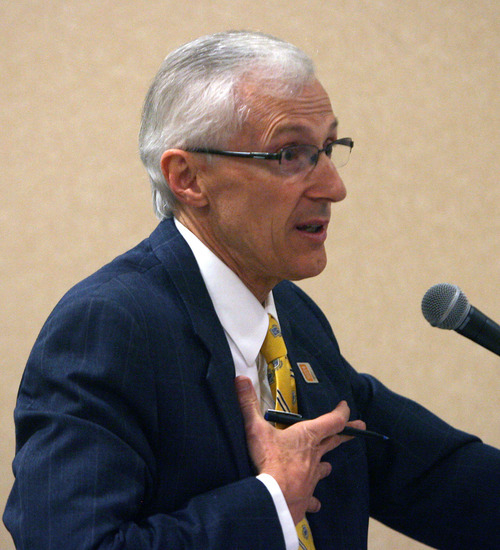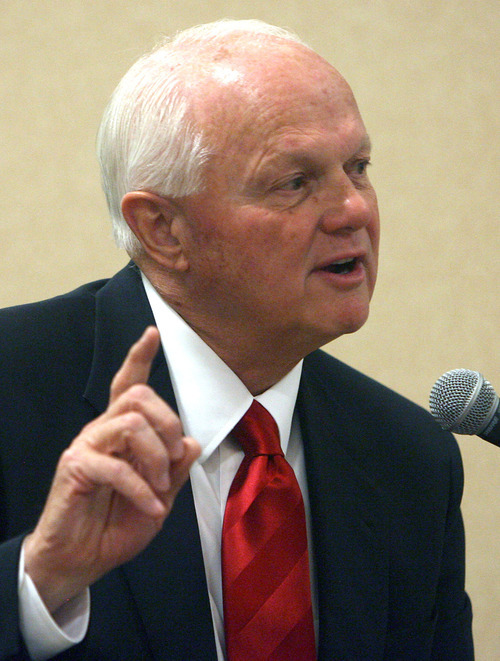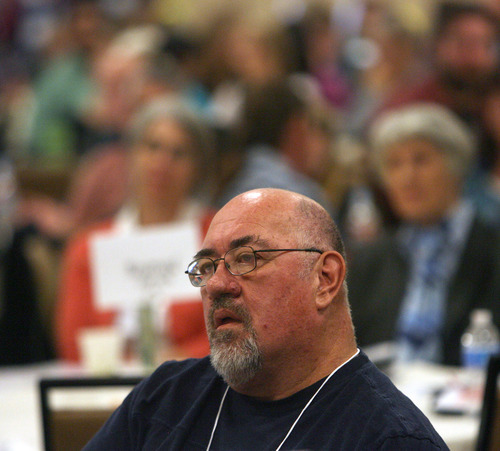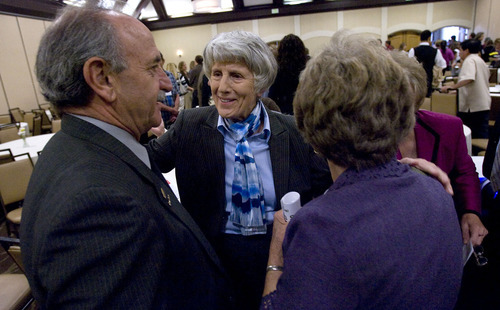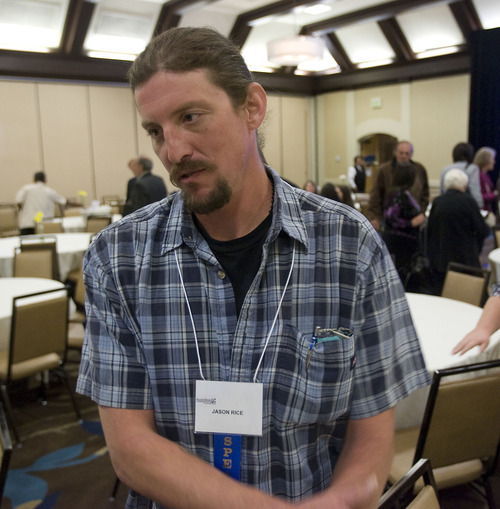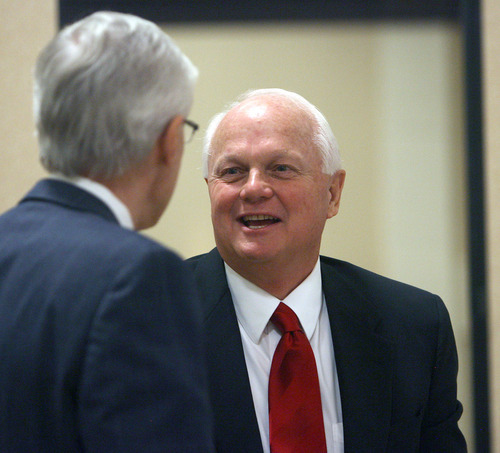This is an archived article that was published on sltrib.com in 2011, and information in the article may be outdated. It is provided only for personal research purposes and may not be reprinted.
More than halfway into Utah's 10-year effort to eliminate chronic homelessness, officials can point to a steep decrease in the number of those most frequently on the streets. As the total drops, one emerging question is whether the winter homeless shelter in Midvale could one day close.
The population of chronically homeless Utahns declined 69 percent from 2006 to 2011, bringing the total this winter to an estimated 601 individuals.
"It's really an amazing story that Utah has to tell," said Lt. Gov. Greg Bell, speaking Wednesday at the annual homeless summit in Salt Lake City.
Closing the Midvale shelter, which is only open in winter, would allow nearly $1 million to be used for other homeless services, according to Gordon Walker, director of the Utah Division of Housing and Community Development.
Last year, the shelter housed homeless families, whose numbers have been on the rise since the recession began. Of Utah's homeless population, 41 percent is made up of people in families.
That increase has reshaped how some people perceive homelessness, said Mayor JoAnn Seghini.
"The whole south county community has discovered these are not 'those' people, these are 'our' people," she said.
The majority of Utah's homeless population lives along the Wasatch Front, primarily in Salt Lake and Weber counties.
When officials surveyed Utah's homeless population last winter, they found more than 550 people with chronic substance abuse problems, almost 500 people struggling with mental illness and more than 500 people who were victims of domestic violence. Some homeless people may have several of these challenges simultaneously.
Some of the formerly homeless shared their stories at Wednesday's summit, praising the social workers and housing officials who helped make their transformation possible.
Jason Rice, a 36-year-old recovering addict, spent his first night homeless in an abandoned house, where he stayed warm under piles of old carpet. It was the worst thing that had ever happened to him. That launched a period where he was in and out of shelters and struggling with sobriety.
Thanks to the help he received, he has now been sober 210 days, has a full-time shipping job and his own apartment. He is trying to be involved in the lives of his two children in a positive way.
"I plan to become one of the great social workers of society," he told the crowd of several hundred Wednesday. "I hope to one day be as supportive as the people who were supportive of me."
Bell challenged the audience to consider what direction their advocacy organizations may take next. He asked people to reflect on whether more collaboration is needed, whether their mission is effective and whether clients are becoming more or less independent.
The strength of Utah's approach to solving homelessness, he said, is identifying individuals in need of help and supporting them with case management. "The costs and inputs were worth it, because the outcome was awesome," he said.
What is the state of homelessness in Utah?
Go to http://www.housingworks.utah.gov to read more.





